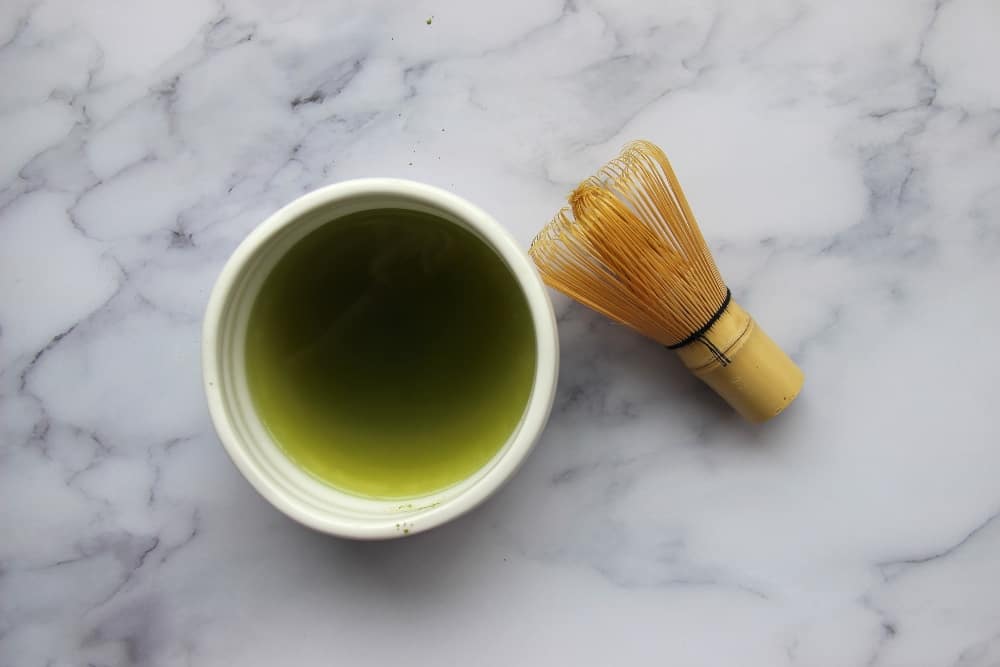
Matcha green tea is different from traditional green tea as it comes in a powdered form instead of leaf form. Tea drinkers will be familiar with steeping tea leaves in water and then drinking the tea, however, as matcha is about consuming the entire tea leaf, you may want to know how to choose a good matcha tea. Here’s how…
- The flavour of the matcha tea
Matcha tea comes from the same plant as green tea (and is simply powdered and therefore denser), but the resulting flavour of matcha is quite different. Good matcha tea will have a taste that the Japanese call umami. Umami is known as the fifth flavour by Japanese and is classed as sweet savory. Matcha starts out tasting more savory and has a sweet aftertaste. Quite a unique property.
- The Appearance of the Matcha tea
When the matcha green tea powder is mixed with water (make sure it’s not boiling as this will burn the tea), it should be soluble. This means it should be in a fine powder form, which is achieved by removing all the stems and veins of the green tea leaves in the matcha making process. Good matcha tea will be completely soluble, not leaving any tea leaves or clumps floating around. It should also be a vibrant green colour rather than a dull, yellow based colour.
Good quality matcha tea will have froth on it. This comes from the matcha green tea leaves having a higher level of saponin, a compound found in matcha that makes it froth.
- Know where your matcha green tea comes from
The true origin of matcha is Japan, in the rolling hills of Kyoto. Knowing where and how your matcha tea is grown and choosing a matcha tea that is organic and free of additives helps ensure that you get a good quality product.
- What is the colour of your matcha tea like?
A matcha tea that is free from additives will be a vibrant green colour. As green tea leaves are shaded during their process, their levels of chlorophyll produced are higher giving the powder that bright green hue. It’s this process that makes the matcha have distinct flavours and additional healthful properties.
Good quality matcha should be brighter in its colour rather than a duller, yellow colour when it has been blended with not only the leaves but stem and branches or has been oxidised and exposed to heat, light or moisture.
- Read the packaging to understand your Matcha Green Tea
Without opening a package, it can be very difficult to know if what you are buying is good matcha. Check your packaging, or ask your store where you are buying matcha green tea from about the origin (Kyoto hills are great), and also the grade.
Matcha that is graded as ceremonial tea is the highest grade you can seek and will have a higher price tag to reflect this. Ceremonial matcha tea means that it has been hand-picked rather than machine-picked so it will be finer, and have the qualities above, especially if it is an organic tea.
While ceremonial grade might not be accessible enough for daily use, you could also prioritise certified organic powder that is premium quality rather than simply ‘ingredient grade’. If the packet does not mention the grade, you might be buying a lower ‘ingredient grade’ quality, which should be cheaper – great if you are using it in cooking or making raw food slices, or on a budget.
If you want the true matcha experience and a good quality tea, always keep ceremonial grade or certified organic as markers of high quality and purity.
Once you’ve chosen a good quality organic matcha tea, you just need to think about what to do with it. To put some method to your matcha, check out these amazing ideas.